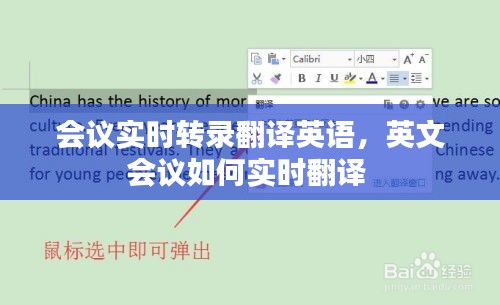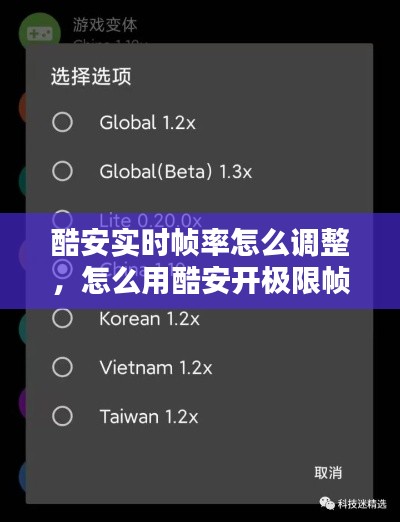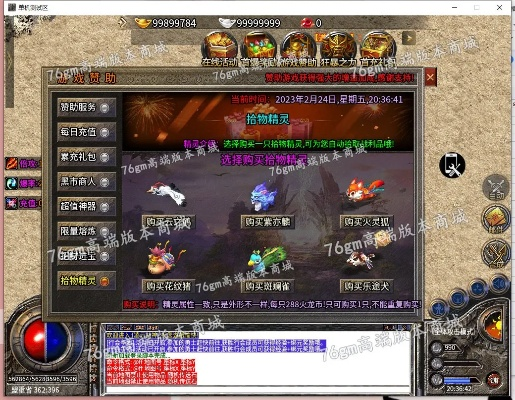Introduction to Real-Time Meeting Transcription and Translation
In the fast-paced global business environment, effective communication across language barriers is crucial. One of the most innovative solutions to this challenge is the use of real-time meeting transcription and translation services. These services not only facilitate better understanding among participants but also enhance productivity and collaboration. This article explores the concept of real-time meeting transcription and translation, its benefits, challenges, and the technologies behind it.
What is Real-Time Meeting Transcription and Translation?
Real-time meeting transcription and translation refer to the process of converting spoken language during a meeting into text and simultaneously translating it into one or more target languages. This technology leverages advanced speech recognition, natural language processing, and machine translation algorithms to provide instant, accurate, and seamless communication.
Benefits of Real-Time Meeting Transcription and Translation
There are several key benefits to implementing real-time transcription and translation in meetings:
Enhanced Accessibility: Individuals who are deaf or hard of hearing can fully participate in meetings through real-time captions, making the information accessible to everyone.
Global Collaboration: Teams spread across different countries and time zones can communicate effectively without the need for interpreters, leading to more efficient collaboration.
Improved Productivity: With real-time translation, participants can focus on the content of the meeting rather than trying to keep up with the spoken language, leading to increased productivity.
Recorded Documentation: Transcriptions provide a written record of the meeting, which can be useful for follow-up, reference, and training purposes.
How Real-Time Meeting Transcription and Translation Works
The process of real-time meeting transcription and translation involves several key steps:
Speech Recognition: The service uses advanced speech recognition technology to convert spoken words into text in real-time.
Language Processing: The text is then processed to ensure accuracy and to correct any errors that may have occurred during speech recognition.
Machine Translation: The processed text is translated into the target language using machine translation algorithms.
Display and Output: The translated text is displayed on screens or projected onto a screen for all participants to see, allowing for instant understanding and communication.
Challenges and Limitations
While real-time meeting transcription and translation offer numerous benefits, there are also challenges and limitations to consider:
Accuracy: Machine translation is not yet perfect, and there can be instances of inaccuracies or misinterpretations, especially with complex or specialized terminology.
Technology Reliability: The reliability of the technology can be affected by various factors, such as poor internet connectivity, background noise, or technical issues.
Language Support: While many languages are supported, there may still be gaps in coverage, particularly for less commonly spoken languages.
Cost: Implementing real-time transcription and translation services can be expensive, depending on the scale and complexity of the meetings.
The Future of Real-Time Meeting Transcription and Translation
The field of real-time meeting transcription and translation is rapidly evolving. As technology continues to improve, we can expect the following developments:
Increased Accuracy: Advances in machine learning and artificial intelligence are expected to improve the accuracy of translations and reduce errors.
Better Integration: Real-time transcription and translation services are likely to be more seamlessly integrated into existing communication tools and platforms.
Expanded Language Support: The number of supported languages is expected to grow, making the technology more accessible to a wider audience.
Cost Reduction: As the technology becomes more widespread, costs are likely to decrease, making it more affordable for businesses and organizations.
Conclusion
Real-time meeting transcription and translation are transformative technologies that have the potential to revolutionize global communication. By overcoming language barriers, these services enhance collaboration, improve accessibility, and increase productivity. As
转载请注明来自青州金山泉水处理设备有限公司,本文标题:《会议实时转录翻译英语,英文会议如何实时翻译 》














 鲁ICP备18013447号-2
鲁ICP备18013447号-2